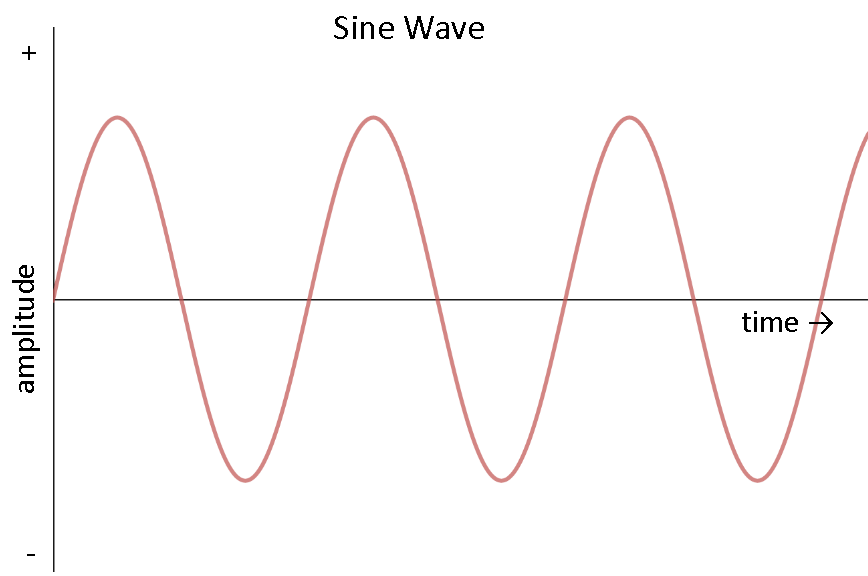Migrated from logicaletter.com If You are looking for quick answer then AC is dangerous. So what makes Alternating current more dangerous than Direct Current? I guess we should take a look at their own respective features. Features of Direct Current
Direct Current
Direct Current Voltage – Time Graph
- If DC source is rated for X Volts then maximum voltage that DC source can provide is X. if your Source is rated for 12 V then max Voltage it can provide is 12 V.
- The Voltage remains constant with Time which means it does not oscillate like AC does.
- Common DC sources include Alkaline, Lead Acetate batteries you can find in your car or in your TV remote. Your phone charger converts AC current to DC current. So your phone charger provides DC current.
Alternating Current
Features of Alternating Current
 Alternating Current Voltage - Time Graph
Alternating Current Voltage - Time Graph
- If Y is the Voltage AC source can provide , Due to oscillating voltage its Actual maximum voltage supplying capacity is Y*√2 .so its 1.41 times more than its stated Voltage.
- If stated Voltage is 240 Volts then maximum voltage that AC source can provide is 1.41*240 = 339.41 Volts. AC Voltage alternates with time voltage does not remain constant.
Argument 1
Take a AC and DC source with X voltage then AC Voltage = √2 * X DC Voltage = X
√2 *x > x i.e AC can have bigger average Potential difference so there is chance that more current can flow through your body. which means someone with exposure to AC source has higher chance of dying.
Argument 2
Terminology used fibrillation : Irregular Heartbeat.
Since AC voltage varies with time or magnitude of voltage literally oscillates, it causes fibrillation to occur. Irregular heartbeat means it has hard time regaining its normal beat pattern .
But with DC your heart freezes. After removal of Voltage source, your heart has better chance of regaining its normal beat pattern.
Argument 3
The probability of people encountering AC source with High Voltage is higher because supply lines to your home is 120 Volts or 240 Volts. Talking about DC, most people will encounter 12 Volt car batteries and other small DC voltage source so statistically Alternating Current is more dangerous.
Here is the Reference for further learning https://physics.stackexchange.com/questions/59359/why-is-ac-more-dangerous-than-dc